Advertisement
John Lewis Witnessed A 'River Of Activism' Flow From The Civil Rights Movement To BLM
Resume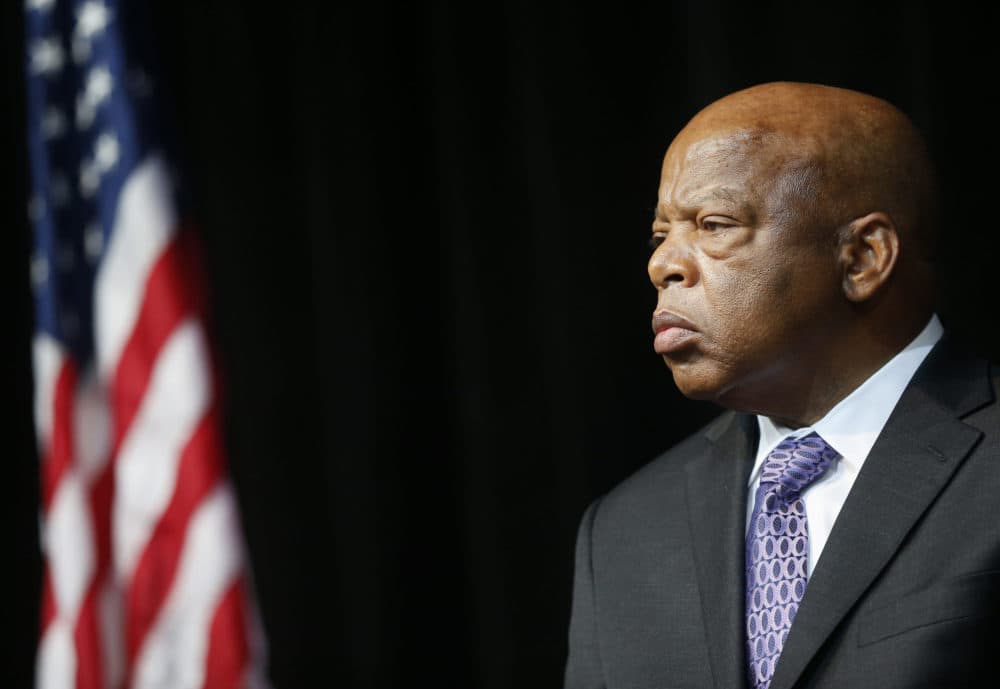
A day before he was admitted to the hospital, Congressman John Lewis visited the Black Lives Matter Plaza in Washington, D.C., to see the latest stage of the civil rights movement in action.
“I just had to see and feel it for myself that after many years of silent witness, the truth is still marching on,” he wrote in an essay published in the New York Times on Thursday, the day of his funeral at Ebenezer Baptist Church in Atlanta.
The civil rights icon and “conscious of Congress” died of pancreatic cancer on July 17 after more than 30 years in the House of Representatives. He was the last surviving speaker from the March on Washington for Jobs and Freedom in 1963.
Lewis served as a perfect example of the fluidity between the civil rights movement of the 1960s and the Black Lives Matter movement, says Peniel Joseph, director of the Center for the Study of Race and Democracy at the University of Texas at Austin.
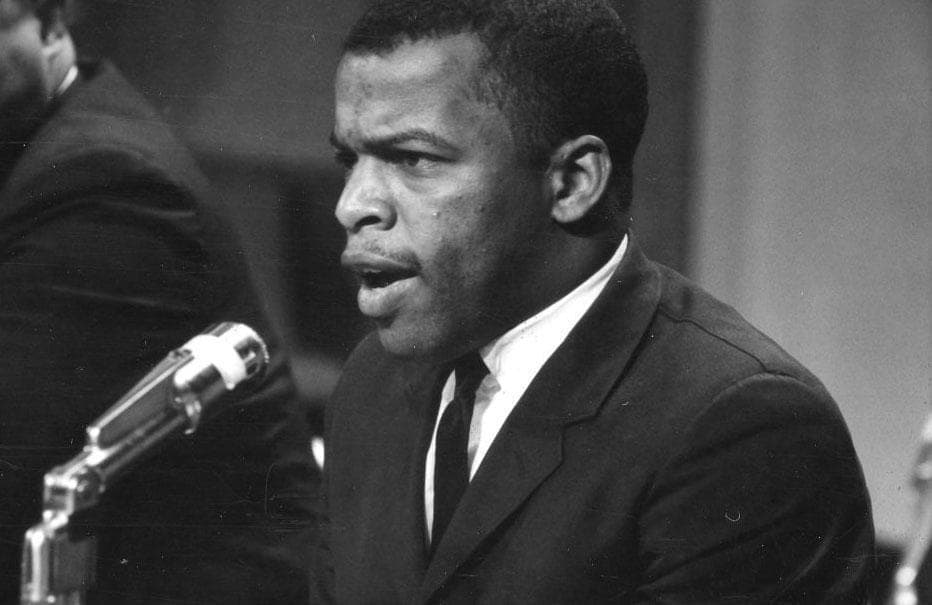
When Black Lives Matter first took off in 2013, many criticized the movement for not aligning with the values of Martin Luther King Jr. and the civil rights movement — but Joseph says that’s not the case.
“There's a river of activism that flows from the civil rights movement in the 1960s and John Lewis all the way to the BLM movement in 2020,” he says. “And it's remarkable that Congressman Lewis got to see the arc of that river of activism.”
Lewis showed his integrity and sincerity even when people disagreed with him. As chairman of the Student Nonviolent Coordinating Committee from 1963 to 1966, he walked a line between “those who wanted a political revolution and then those who were more interested in incremental change through policy legislation, legal decisions,” Joseph says.
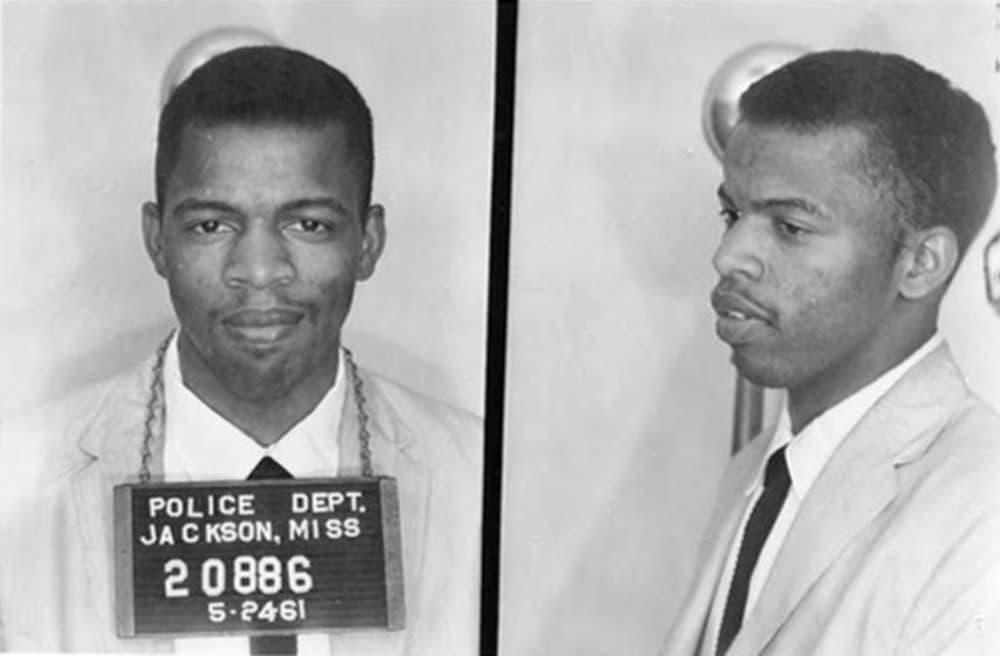
Though he was 80-years-old when he died and stressed the effectiveness of nonviolent civil disobedience, Lewis embraced the Black Lives Matter and acknowledged BLM activists are doing the work of King’s beloved community, Joseph says.
“Even though he himself was somebody who I would consider this nonviolent militant pragmatist, he understood the concerns of revolutionaries,” Joseph says. “And he was willing to embrace those revolutionaries even if he disagreed with their tactics.”
President Trump is not attending Lewis’ funeral. Other former presidents in attendance include Bill Clinton, George W. Bush and Barack Obama, who will deliver a eulogy.
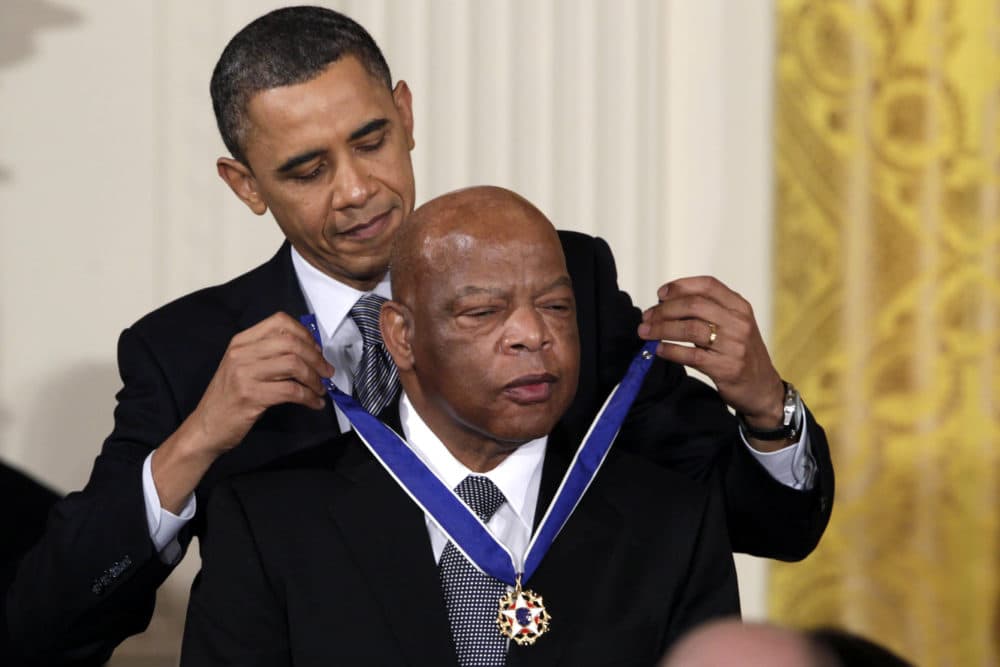
Trump’s disappointing decision not to attend any memorial services for Lewis showcases the political divisions in the U.S. that center around race, Joseph says.
In part through Lewis’ activism, a consensus was created among presidents from Lyndon Johnson to Obama that “racial justice was central to American democracy,” Joseph says. By 2017, he says that consensus was ruptured.
Part of the debates and demonstrations going on in the U.S. center around building a new definition of democracy, freedom, dignity and what it means to be American, he says. Lewis paid for the fight for an equal society with the scars on his body from being beaten at the Edmund Pettus Bridge on March 7, 1965, and as a Freedom Rider in May of 1961.
“[Lewis] is emblematic of what we call the beloved community,” Joseph says. “And I think that this op-ed that he wrote shows that he believed that 2020 was offering all of us this generational opportunity for change to end systemic racism, to defeat white supremacy and to finally achieve our country.”
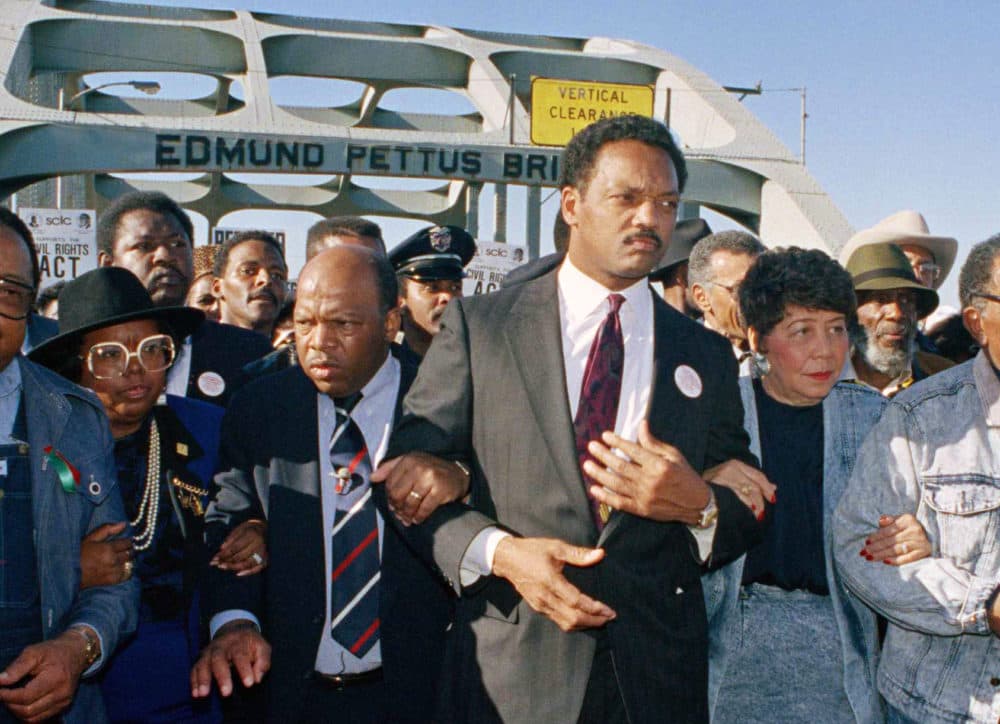
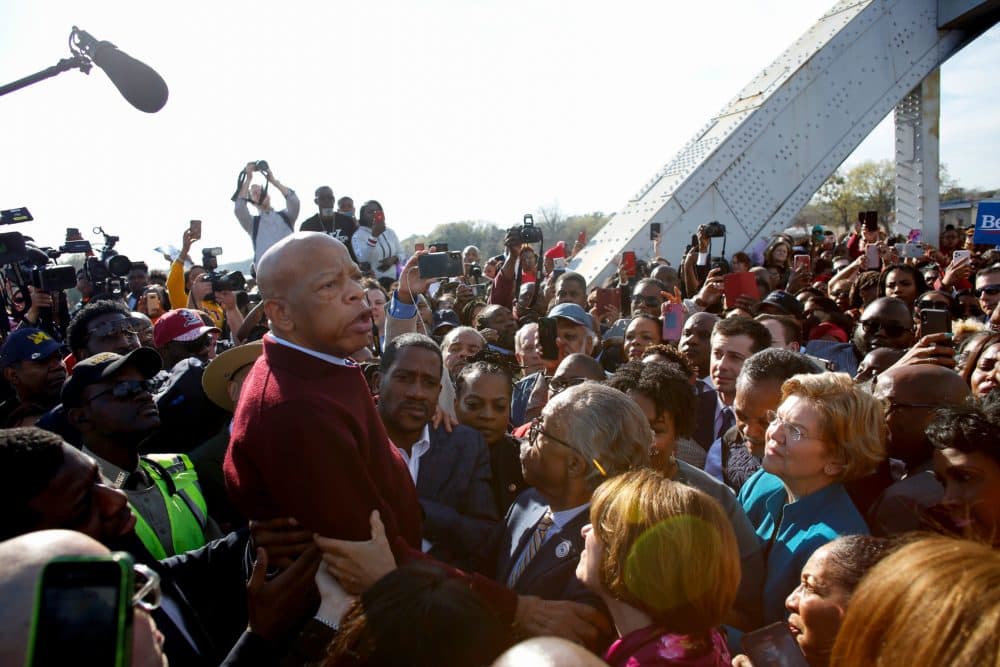
Jill Ryan produced and edited this interview for broadcast with Tinku Ray. Allison Hagan adapted it for the web.
This segment aired on July 30, 2020.

